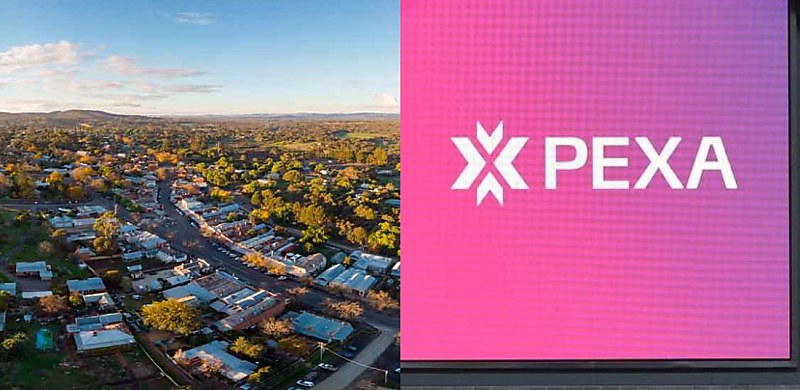
Prospective home owners are required to work at least two years longer to be able to afford a house deposit, PEXA research has found.
PEXA’s latest Buyer Deposits Report has revealed that the time needed to save for a deposit now requires home buyers to work two years longer than they did in 2020.
For individuals in NSW, that time has doubled to almost eight years, compared to four years in 2020, revealing an increase of 83.2 per cent. For Victorians, the time to save has increased to five and a half years, up 64.2 per cent compared to 2020, when it took just over three years.
The time taken to save for a deposit for Queenslanders increased 36.9 per cent when compared to 2021, now sitting above five years instead of less than four years.
According to PEXA’s data, the effects of high house prices and more stringent lending criteria on home deposit amounts are apparent, as the financial year 2023 median home deposit amount is now $119,969 in NSW or $145,000 in Sydney, $84,723 in Victoria ($94,000 in Melbourne), and $78,143 in Queensland ($85,163 in Brisbane).
Mike Gill, PEXA’s head of research, said this data has revealed the mounting pressure on prospective home buyers who are trying to break into the housing market.
“With higher interest rates and rising property prices, the time to save for a deposit has increased significantly over the past few years. This has made the generational wealth gap more apparent, with younger demographics facing growing challenges to enter the property market,” Mr Gill said.
Mr Gill added that PEXA’s research has found average LVRs peaked at “around 83 per cent at the end of 2020” during the pandemic, which meant that home buyers only needed a deposit of 17 per cent.
“However, as lenders have tightened credit standards in response to increased interest rates, LVRs have trended downwards, increasing the deposits required,” Mr Gill said.
“LVRs were higher in the lower end of the market reflecting first home buyers purchasing more affordable properties with limited means, with a higher proportion relying on lenders mortgage insurance.
“While buyers of premium properties are likely using proceeds from previous property sales, or unlocked equity in existing properties, to contribute towards deposits.”
He further stated that LVRs were higher among the big four banks when compared to non-major lenders, suggesting that major banks are more open to lower deposit borrowers “due to their visibility of borrower’s income and expenditure via existing banking relationships”.
[RELATED: Where did home value rises finish in 2023?]

